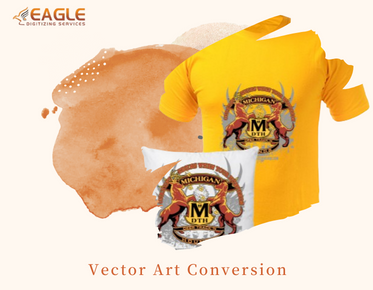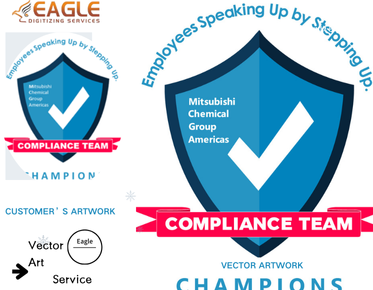Understanding Transparency in Vector Images
Vector images are a type of graphic that is constructed using paths defined by mathematical equations, allowing them to maintain their crisp and clear appearance regardless of size. Unlike raster images, which are made up of pixels, vector images are typically employed to create logos, illustrations, and icons. One common question regarding vector images is their relationship with transparency: are they transparent by nature or can they be?
The Nature of Vector Images
Vector images, by their inherent design, manage elements such as shapes, lines, curves, and colors independently. This unique characteristic not only allows them to be resized without losing resolution but also gives them flexibility in design manipulation, including transparency levels. Many vector file formats, like SVG and AI, support transparency which means designers can control the transparency of any object within a vector image independently.
Transparency Capabilities in Vector Formats
Common vector file formats such as SVG, AI, and EPS support transparency, allowing designers to create complex graphics with layers varying in opacity. This property is particularly useful in designing logos and intricate illustrations where overlapping layers are required, and where the visibility of lower layers should be nuanced. Applications like Adobe Illustrator extensively utilize these properties to manipulate objects' transparency levels.
Applications of Vector Transparency
The transparency aspect of vector images is extensively used in various industries. For example, in web design, SVGs are often preferred because they keep file sizes small without compromising quality, even when transparency is needed. This is especially advantageous for responsive designs that need to adapt to various screen sizes without a loss in visual fidelity.
Eagle Digitizing: Transforming Graphics with Precision
Eagle Digitizing offers unparalleled expertise in vector graphics. Their vectorizing services boast advanced techniques, including ensuring color separations and managing transparency for printing applications. With Eagle Digitizing, clients are assured of top-notch vector conversion services that incorporate customer-specific adjustments for any layers' transparency needs.
Use of Vector Images in the Embroidery Industry
Another significant application of vector images with transparency is within the embroidery industry. Eagle Digitizing provides advanced digitizing and vectorizing services to transform designs into high-quality embroidery patterns. This service ensures that every stitch is precise, even when the design requires partial transparency, resulting in high-quality embroidered products.
Future Trends in Vector Image Editing
As we look to the future, the use of transparency in vector images is expected to expand further with advancements in graphic design software. Increased automation in managing transparency levels will facilitate more dynamic and interactive graphic designs, ideal for web and application interfaces. Future developments might also see more granular control over transparency, allowing designers to create more sophisticated effects with ease.
Exploring Transparent Vectors in Web Design
Web designers are often challenged with balancing aesthetic appeal and loading times. SVGs with transparency provide a solution to this, offering visually engaging designs without a heavy file footprint. As web browsers continue to support native SVG handling, the utilization of transparent vector images will become more commonplace in web design frameworks.
Conclusion: The Multifaceted Benefits of Vector Transparency
The use of transparency in vector graphics is not just a stylistic choice but a functional enhancement. Whether for print or digital mediums, the ability to manipulate an image's transparency broadens the creative horizons of designers and increases the graphical capabilities of the medium. As vector graphics continue to evolve, their ability to integrate with transparency will remain a crucial component of their versatility and adaptability in digital and print arenas.
In what other innovative ways could transparency in vector imagery reimagine our digital landscapes?



